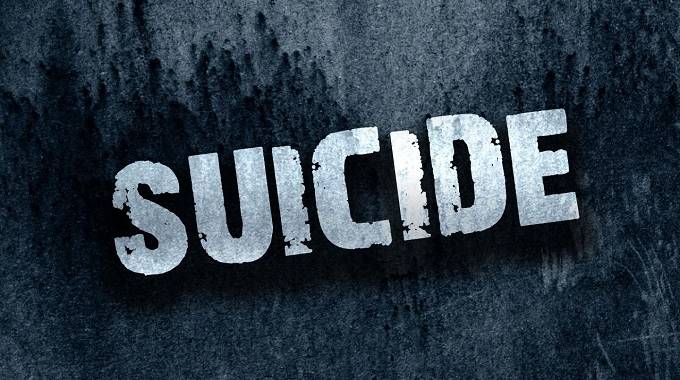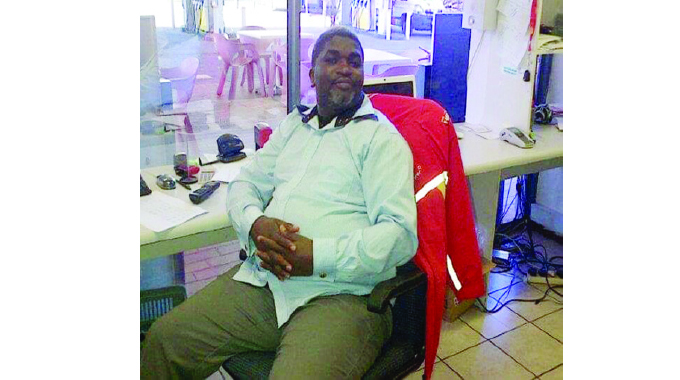Rising Suicide: A National Concern

Qaphelani Mabhikwa, Successful solutions
Traditionally suicide has always been associated with the less privileged and those struggling with life for various reasons. The trend has however changed drastically. Recently, I lost a very educated colleague, a PhD who had achieved almost all the things I thought a man needs to achieve in life.
He had some marital challenges. Suicide is for everybody, the poor and the rich, the educated and illiterate, male and female the young and the old.
According the Health Times bulletin of 21 June 2019, a total of 129 suicide cases <https://healthtimes.co.zw/2018/11/15/of-depression-and-the-rise-of-suicides-in-zimbabwean-universities/> were recorded between the months of January to March 2019 in Zimbabwe, compared to 91 reported in the same period the previous year (2018), showing a 42 percent increase.
The ZRP spokesperson Assistant Commissioner Paul Nyathi, then exclusively told Health Times that the majority of these cases were in the form of hanging.
The Health Times reported that in January to March 2018, the Zimbabwe Republic Police recorded a total of 94 suicide cases and out of these suicide cases, 74 were through hanging and 20 were through poisoning where the victims would took some poisonous substances or where they would took some overdose of drugs.
It has been noted from suicide notes, interviews with relatives of the deceased and survivors of suicide attempts that most suicide cases are caused by social problems especially marital and financial problems. An insignificant number are from people suffering from mental illness.
Some suicides are from the aged where some elderly would feel very lonely and neglected by family. Some people suffering from chronic illnesses are also prone to committing suicide. Some youths engaging in drug abuse also end up committing suicide when they fail to manage the drug abuse and the related consequences like clashes with the law.
In some cases, youngsters are admonished by their parents or their guardians for engaging in certain activities and at the end of the day they feel they are being victimised or are being stopped from doing what they should do.
They then commit suicide in the hope that they are fixing the parents/guardians who have reprimanded them. Such behavoiurs include wayward behaviour, late nights and hanging around with toxic friends. Reprimand for a bad school/college report card has also caused several suicides.
Matters of the heart are also a factor for suicide. When ditched in a relationship some people take their lives. When a spouse cheats, for some it’s a good enough reason to die. Issues of failure to manage anger in family disputes and relationships is also a factor. People find themselves having attacked others, seriously harming them or killing them and they in turn commit suicide to escape the consequences.
Of interest is that more men have committed suicide than women in the cited years. I can refer to national statistics in the last three years.
In 2017 of the 524 reported suicide cases 389 were men and 135 were women. In 2018 of the 596 reported cases 499 were men and 97 were women and in 2019 of the 565 reported cases, 496 were men 69 were women. Males are generally more reserved in handling socio-economic issues threatening their mental and psychological ability to cope with such.
While females on the other hand are seen to be more open in seeking help. On a sad note, lately primary and secondary school children are also committing suicide. College and University students have not been spared. In the 2018 in Bulawayo only we lost seven school children to suicide. Of the seven four were primary school and three secondary school students. In 2019 we lost five students, one primary and four secondary students.
In both years we lost one University student in each year. It is very worrying that we are losing teenagers in secondary school to suicide and it’s even more worrying that we are losing primary school pupils to suicide.
When I was growing up in the 80s and 90s suicide was very rare in children and it was an adult activity. Child suicides were very isolated.
Four primary school children committing suicide in a year in one town is a real concern “Where does a primary school pupil get the idea to take their life and let alone the energy?” I ask myself. The focus of this article was to give a picture of how serious suicide has become a national problem. As a nation we really need to assist each other on how we can prevent suicide and manage those who have attempted and failed.
Below are some of the signs and symptoms of suicide. When a person verbalises suicide they must be taken seriously because the thought of taking their life is now resident in their mind and it could just be a matter of time before they do it. A person with a high risk of committing suicide when asked about their preparedness to die they are very clear about what they want to do, how they want to do it and at times when they want to do it.
It is however important to note that when a person who wants to commit suicide verbalises it, they are crying for help, it means they still want to live, otherwise those who want to die immediately don’t tell anyone, they just go and die. So, the fact that at least they are talking about it is always a positive sign. People with a high risk of committing suicide will usually consider or use the aggressive/physical means, which is hanging, taking poisonous substances, shooting themselves or jumping from heights.
It is also important to note strange behaviour, a person doing things that they don’t usually do is a sign. Withdrawal is quick sign. A person suddenly does not want to be with other people, they want to be alone and especially in strange isolated places or locking themselves up in their bedroom. Sudden surge in drinking alcoholic beverages can also be a sign.
A person who was not drinking especially adults is suddenly drinking and heavily for that matter. Lately with the advent of technology, some people post strange or suggestive messages on their social media profiles. All these are signs to look out for. Playing of strange music.
This colleague of mine I referred to in the introduction was playing horror music, music he never played before.
The question that comes to mind naturally is that yes you have seen these signs “…so what do you do to save the person’s life?’ There is nothing much that can be done than to try and talk to the person if they give you a chance to talk to them. The person needs to be talked to get the suicide ideations out of their mind. Approach the person and seek audience with them. It however depends on your relationship with this person.
If they are resisting you seek further assistance from within the family first starting with those closest to that person, those people the person can listen to. If you have no joy there is need to seek assistance from professional counsellors.
l have dealt with a number of suicide clients and I can safely say most people die because they never got a chance to talk to someone, if they did, they were not taken seriously. When a troubled person says they want to talk to so and so, get them that person as soon as possible.
I arrived at the home of a friend, let me say a brother who had taken his life. His mother wept more when she saw me because she said he was looking for me two days before he took his life and maybe had he seen me he could have been still alive.
I was saying to myself but he had my number. When a troubled person is visited by these suicide ideations they can confuse, just offer the assistance they may request especially in demanding to see certain people. I will in my next article look at suicide and children, this is an area of great concern to me now.










Comments